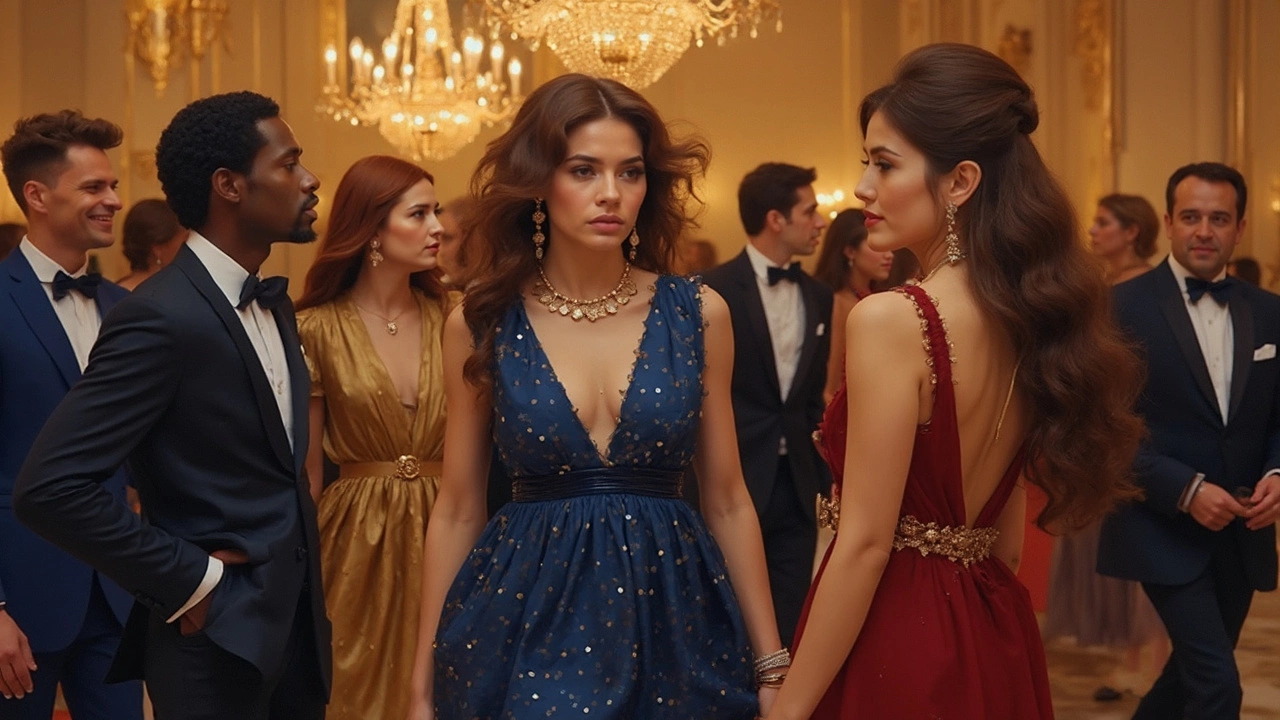3 Color Dress Code
When working with 3 color dress code, a simple guideline that limits an outfit to three distinct colors. Also known as three‑color rule, it helps you stay coordinated without overthinking. The idea sits inside broader color theory, the study of how colors interact and affect perception and fits neatly within any dress code, the set of expectations for appropriate clothing in a given setting. Understanding these basics makes building a functional wardrobe far easier.
Why the Rule Works
The 3 color dress code works because our brains prefer visual harmony. When you limit yourself to three hues, you naturally balance contrast and unity. Color theory tells us that a primary color, a neutral, and an accent can create a polished look. For example, a navy blazer (primary), beige chinos (neutral), and a burgundy pocket square (accent) follow the rule while staying office‑appropriate. This approach also respects common dress code expectations, ensuring you don’t appear too casual or overly flashy for work or events.
Another key attribute is versatility. By choosing a neutral base—think black, white, gray, navy, or beige—you get a canvas that pairs with almost any accent color. The neutral acts as the foundation, the primary color adds personality, and the accent provides a pop. This three‑part structure mirrors the classic wardrobe basics of tops, bottoms, and accessories, allowing you to mix and match without creating clashing ensembles.
In practice, the rule reduces decision fatigue. Instead of juggling five or six shades, you ask: “Do these three colors work together?” If the answer is yes, you’re good to go. If not, you tweak one element—swap a bright tie for a subtler one, or replace a patterned shirt with a solid hue. The process aligns with modern fashion rules that prioritize cohesion over chaos.
Applying the three‑color guideline to casual wear is just as straightforward. A white tee (neutral), denim jacket (primary), and olive cap (accent) create a relaxed, put‑together look for weekends. The same principle scales up to formal events: a charcoal suit (neutral), deep navy shirt (primary), and silver cufflinks (accent) keep the outfit refined while adding a touch of individuality.
Common mistakes include overloading each color or using too many bold shades at once. Remember, the rule isn’t about limiting style; it’s about curating it. If you love vibrant colors, let one be your primary and keep the other two subdued. For instance, a bright red blouse can serve as the primary, paired with black trousers (neutral) and a soft gray cardigan (accent). This way, the eye is drawn to the statement piece without feeling overwhelmed.
Building a capsule wardrobe around the 3 color dress code means selecting key pieces that cover a range of color combinations. Start with neutral staples—black trousers, white shirts, a navy blazer. Add primary items in a few colors you enjoy, like a forest‑green sweater or a rust‑colored skirt. Finally, collect accent accessories—scarves, belts, shoes—that can be swapped in and out. This strategy ensures you always have outfits ready that meet dress code standards while feeling fresh.
Below, you’ll find a collection of articles that dive deeper into specific aspects of the rule: from mastering color coordination in the office to adapting the three‑color guide for summer heat, and even how British and American terminology can affect your style choices. Explore the posts to get step‑by‑step tips, real‑world examples, and quick fixes for common styling dilemmas.
- Cleo Fairchild
- Apr, 14 2025
- 0 Comments
Unlocking the Secret: The 3 Color Dress Code
The 3 color dress code is an easy, yet effective strategy to nail your evening dress ensemble by focusing on the power of three. It simplifies outfit coordination, enabling anyone to look stylish and put-together with minimal effort. Learn how this approach can transform your fashion sense, providing an effortless route to elegance.
